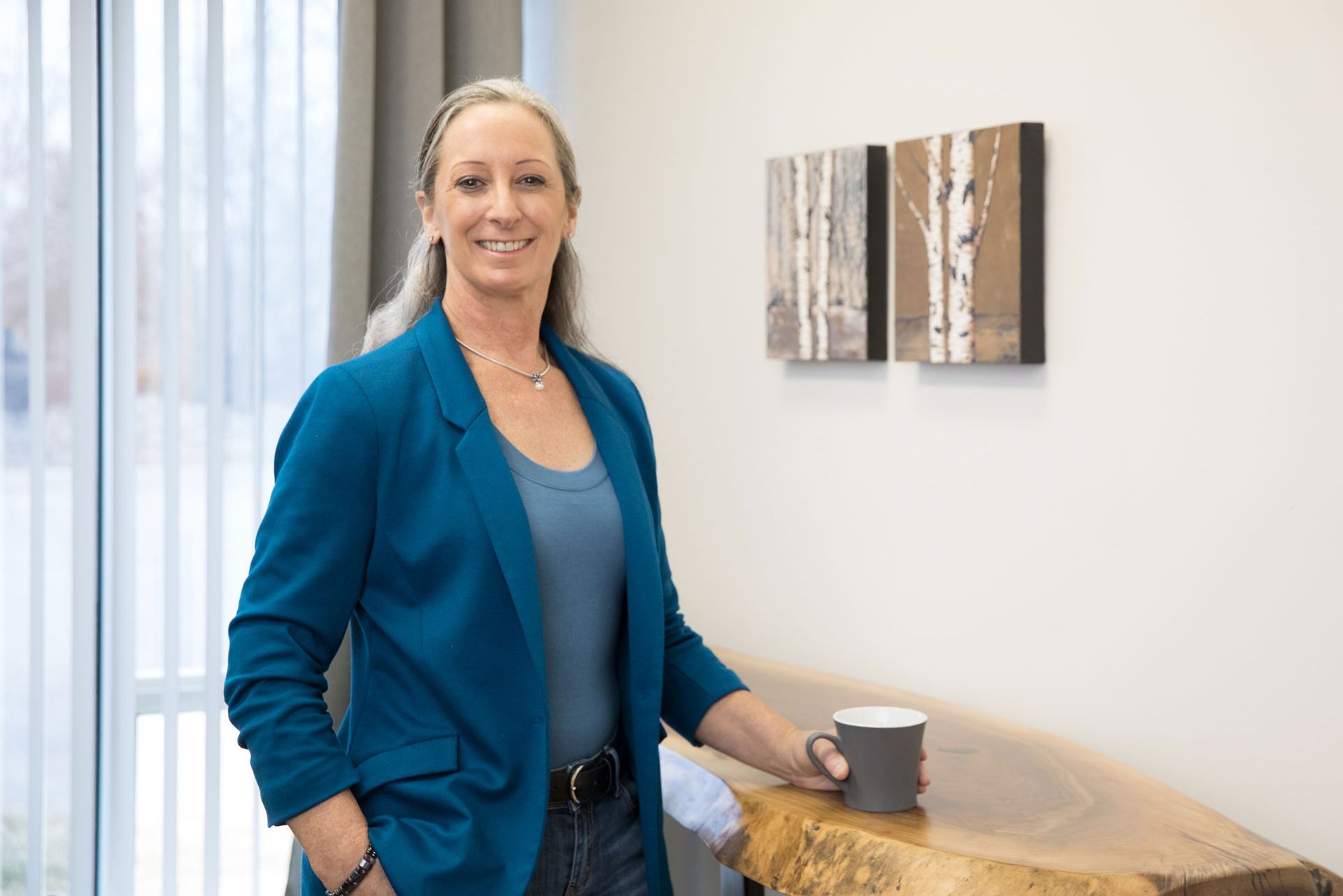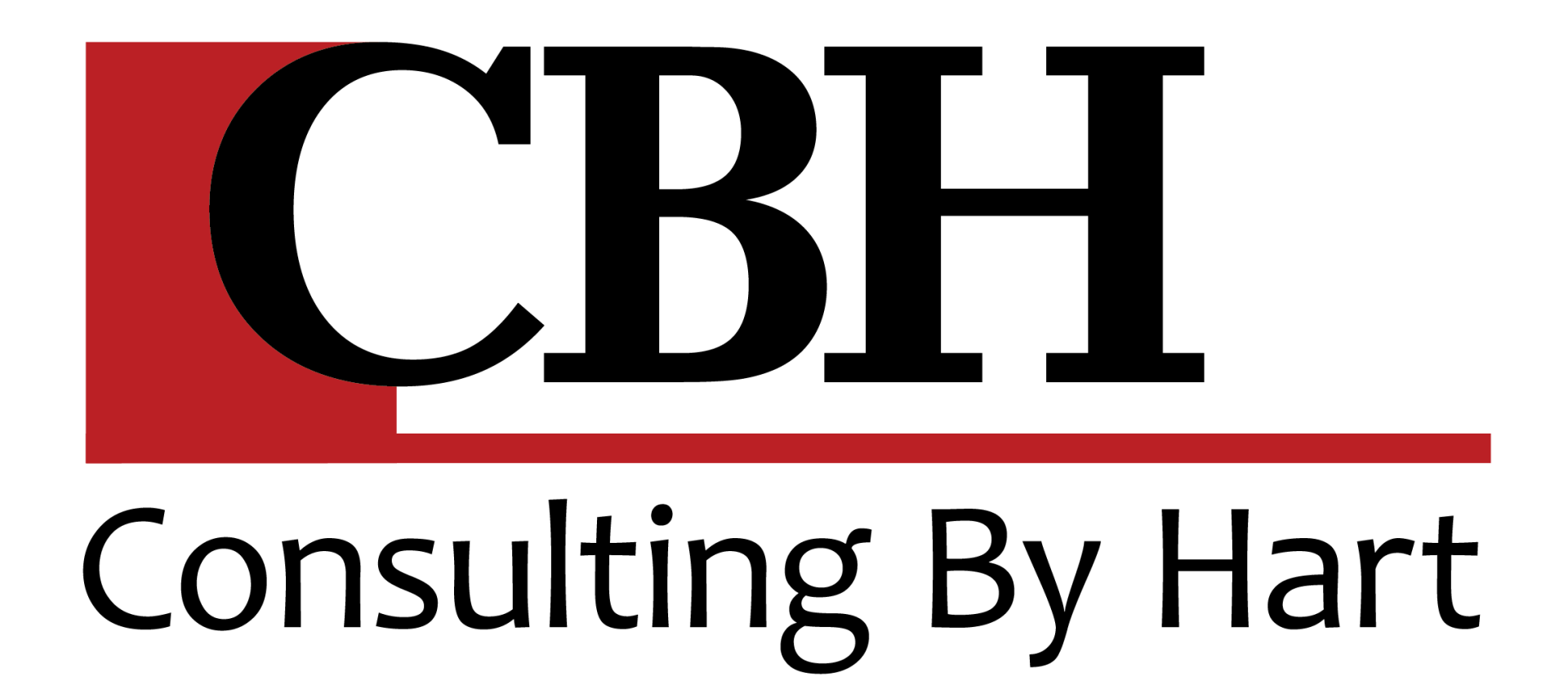Self Reflection - A Paradigm Shift
Last month a member of a professional contractors Peer Network I facilitate, posted a deeply sincere and important message on the groups private Face Book page. The day he posted his message was the one year anniversary of the suicidal death of one of his employees. His message was clear: Look after your staff, treat them well, listen to them, support them on a holistic level whenever you can. Build a culture where you watch out for and take concern for each other.
Lindsey is a millennial. He is a perfect example of the paradigm shift emerging in the millennial-built teams and businesses over the past few years. Many business owners in our industry grew up with the industrial era mind-set that people in a business were a commodity to be managed in order to grow profit. The paradigm shift that’s now very evident in progressive business teams, is that money is now the commodity to be managed in order to grow the people. Simon Sinek discusses this concept in great detail and with his usual wonderfully thought provoking style in his book Leaders Eat Last.
It takes a dedicated entrepreneur, determined to grow their team and solve their staffing issues to realize how crucial this timely paradigm shift really is. It takes the intentional act of self-reflection as a first step to start shifting from focusing on what we can’t control (ie the labour market) to focusing on what we can control (growing the people we have and attracting more like them).
I charged head-long through many formative and mid years in my landscape company focusing on profit, efficiency and top line growth. It took a major health event and a few weeks in the hospital to snap me out of it, and experience the value of stepping back to get clarity and carve out a smarter path. Self-reflection was the key.
Self reflection ensures the time for business owners and top level managers to contemplate rather than produce, to analyze rather than invent, and to stay present in daily affairs. There are lots of questions that you can ask yourself and your team, which require a pause in default routines as well as default activity. One of the most effective ways I’ve seen this process happening recently, is through management teams making the time to step away and have a strategic thinking retreat.
There is huge return on investment benefit to making the time for a day or two of ‘think-tank’ style get-away. Sometimes an outside facilitator can listen and then offer a fresh perspective, along with helping to manage discussions when there’s disagreement or tension. With a little bit of preparation and structure, having a pause in the rapid fire pace of daily business can inspire self-reflection and great new ideas to surface. While it might seem like an expensive idea, ask yourself what it costs your company to NOT get a hold of real issues and solve expensive problems (i.e. lost opportunities in revenue from being short staffed, repeating the high cost of recruiting, training and onboarding a steady stream of new employees every year.
“Clarity Precedes Mastery”
I’ve mentioned this famous quotation before. And its’ worth mentioning again. In my experience, when a business is faced with chronic challenges, it’s time for clarity. You really can’t master anything if you don’t have total clarity on what the issues really are, what you can and can’t control, and what you can influence if you put your mind to it.
I’m proud to say that active members in my contractors Peer Network have greater clarity on many levels of their business now than ever before, and their success continues to grow on all levels in their businesses. In our September Summit #P2PSummitLO this year, many reported that their employee churn/turnover and recruiting issues have all but disappeared. Why? Because they’ve spent the past few years working together as peers reflecting on their real-time business issues, delving into many key issues around people, profit and processes. They have emerged on the other side with what I believe is a higher than average rate of employee retention, engagement and growth.
Self-reflective activities work well to improve business results. Whether through focused facilitated discussion groups with your industry Peers, or with your own team – making the time to step out of your box on a regular basis brings huge return on investment, both in time and money. We can help make it easy and time well spent.
Other Articles That May Interest You:





